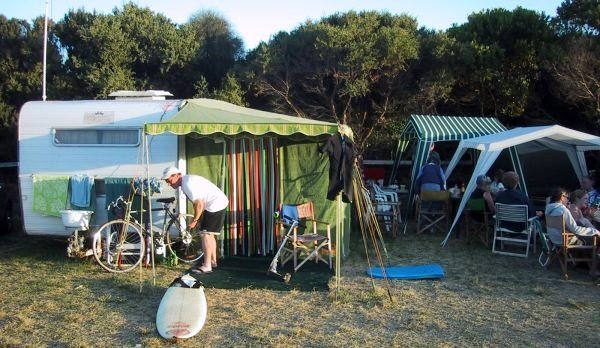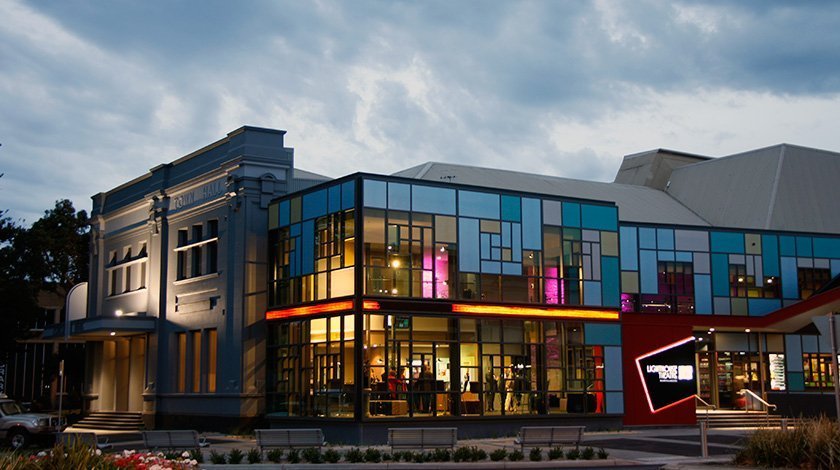
Carol Altmann – The Terrier
How to save $700,000 in seven days, instalment #2:
When Warrnambool Mayor Tony Herbert revealed last December, without a hint of irony, that up to $30,000 would be spent on consultants to test how ratepayers felt about a rate rise, it raised an obvious question: how much does the Warrnambool City Council spend each year on consultants?
The answer for 2017-18 is close to a million dollars, or $927,000 to be precise.
Unfortunately that is about as precise as I can be, as the council has not provided any significant detail on what these consultancies entailed or how this figure compares to other years.
What this means is I can’t tell you if $927,000 is normal in one year, or lower, or much higher than for other years.
I am going to take a punt that other years would not be lower, based on the number of council reports, masterplans and projects that have been rolled out in recent years.
The only breakdown provided for the $927,000 was this from council spokesman Nick Higgins:
“Examples of consultants used in 2017-2018 include: valuation of the Warrnambool Art Gallery collection (necessary for insurance), participation in the Community Satisfaction Survey (required by the State Government), arterial road assessment (for advocacy to improve roads managed by VicRoads), heritage advice and for the management of the community solar bulk buy program.”

I had a line-by-line look at the council’s annual report for 2017-18, and learned consultants were also hired to prepare a strategic plan for the foreshore caravan parks, prepare the kerbside recycling contract, and for a valuation of the council’s land and buildings.
Mr Higgins said via email – quite correctly – that all councils use consultants.
“Warrnambool City Council’s use of consultants and the expenditure on consultants would be unexceptional,” he added.
This may be true, but in an environment where ratepayers are being asked what services they are prepared to see cut to avoid a rate rise, I think we could do with some more detail, don’t you?
At a state and federal government level, spending on consultants is included in the annual Auditor General’s report and is picked over by political journalists to determine where the dollars are going.
No such transparency is enforced at the local government level.

It may well be, as Mr Higgins explained, that “consultants are used because they have specific expertise or knowledge that council does not have” and hiring short-term consultants is cheaper than permanent staff.
(It is worth remembering that there are 731 people working at Warrnambool City Council – full time, part time and casual – and last financial year the cost to ratepayers was $31.5 million.)
Again, however, we have no way of being able to make that assessment or, to be frank, keeping an eye on how much is spent each year in total.
It is a figure that is simply not reported in any of the council’s financial statements or annual reports.
Instead, the $927,000 for this year is treated as an unavoidable expense and one that, I note, didn’t make it into the ratepayer survey that closed earlier this month.
Is there any fat to be trimmed on that figure? Do we, for example, really need a consultant to tell us what to do with our caravan parks? And how many consultants’ reports end up going no further?
Before there is any attempt to push rates above the rate cap, these questions deserve to be answered.
More tomorrow.
A follow up: I tried to get a further breakdown on the $775,610 cost of the two public toilet blocks I wrote about yesterday, but the council says such a breakdown is commercial-in-confidence.
A builder contact, however, said while he wasn’t sure about that particular tender, which he agreed seemed high, there were often less obvious costs with construction work including:
architect fees 20-40k, engineer 15-30k, feasibility study 10k, land surveyor 10k, legal fees 10-20k, traffic engineer 5-10k, fire engineer 5-10k, town planning 5-10k, building permits 10k, Wannon Water fees $50-$80k, council project management 30-60k, Aboriginal heritage study 30-40k, demolition 10-20k, associated paths 50-80k, landscaping 20-20k, safety management plan 5-15k, site safety 15-25k, traffic control 10-20k.
As to how many of these actually applied to the toilets in the botanic gardens and Swan Reserve, we will never know but I am still at a loss as to how they could cost more than a whole new home.
If you would like to see The Terrier keep digging up, sniffing out and chewing on local issues, please make a small contribution below.

